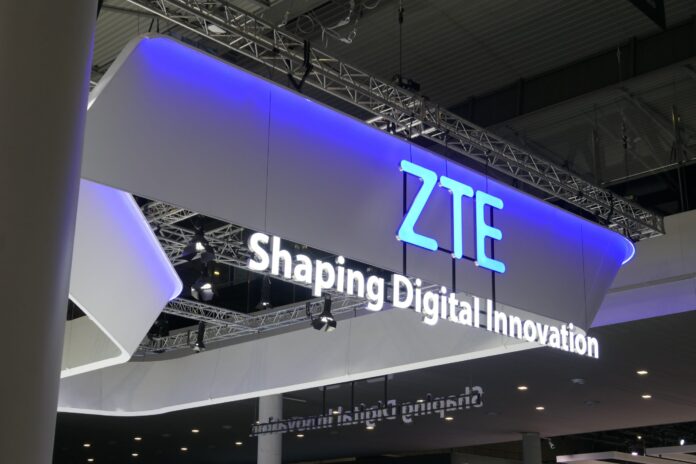ZTE said that this new solution, dubbed UniSite, aims to help carriers build a future-oriented 5G network offering capabilities for all spectrum bands
BARCELONA—Chinese vendor ZTE has released its new all-scenario 5G solution at Mobile World Congress Barcelona 2023.
The vendor noted that the new solution, dubbed UniSite, aims to help operators build a “future-oriented” 5G network offering capabilities for all spectrum bands.
“As global 5G commercialization enters the fast lane, the existing FDD bands are accelerating the evolution to 5G. However, the factor of highly fragmented spectrums has brought about many challenges such as a large amount of radio units, limited tower space, and high O&M costs,” ZTE said in a release.
ZTE’s 12TR tri-sector Ultra Broadband Radio (UBR) solution integrates 1.8 GHz, 2.1 GHz and tri-sector capabilities into one box with 12×120W ultra-high output power, which, according to the vendor, guarantees both the experiences of existing RATs and the evolution to 5G.
“For the 12TR UBR working with the low-frequency tri-sector 6TR UBR, only two radio units are enough to support 5 FDD bands, making the site solution greatly simplified. Compared with the traditional solution, the energy consumption can be reduced by 30%. In addition, the existing antennas, power modules, batteries and other infrastructures can be reused to the maximum extent, further reducing [total cost of ownership],” said ZTE.
The vendor also highlighted that RAN sharing has become the “most economically feasible choice” for a growing number of operators in the 5G era, adding that its serial UBR products can meet the multi-band, high-power and easy-deployment requirements that come along with RAN sharing.
“The serial UBR products support combinations of multiple frequency bands of Sub-3GHz and Sub-1GHz, as well as diversified transmission power from 4×120W to 4×180W. Also, the power resources can be shared among different frequency bands on demand,” ZTE said.
For the future ultra-large capacity demand in dense urban, ZTE said it has launched an extremely large antenna array AAU in the sub-6GHz band, in which the number of transceiver channels are doubled from the traditional 64TR to 128TR, and the number of related antenna elements are doubled from 192 to 384 to achieve coverage boost and capacity gain.
“Thanks to the innovation of the architecture and algorithm, the 128TR AAU can improve the dense urban coverage by 3dB, and more importantly, [is] capable of 32 downlink data streams and 24 uplink data streams. Therefore, the cell peak throughput can reach 10 Gbps, and the cell average throughput and the edge user experience can also be greatly improved,” ZTE said.

